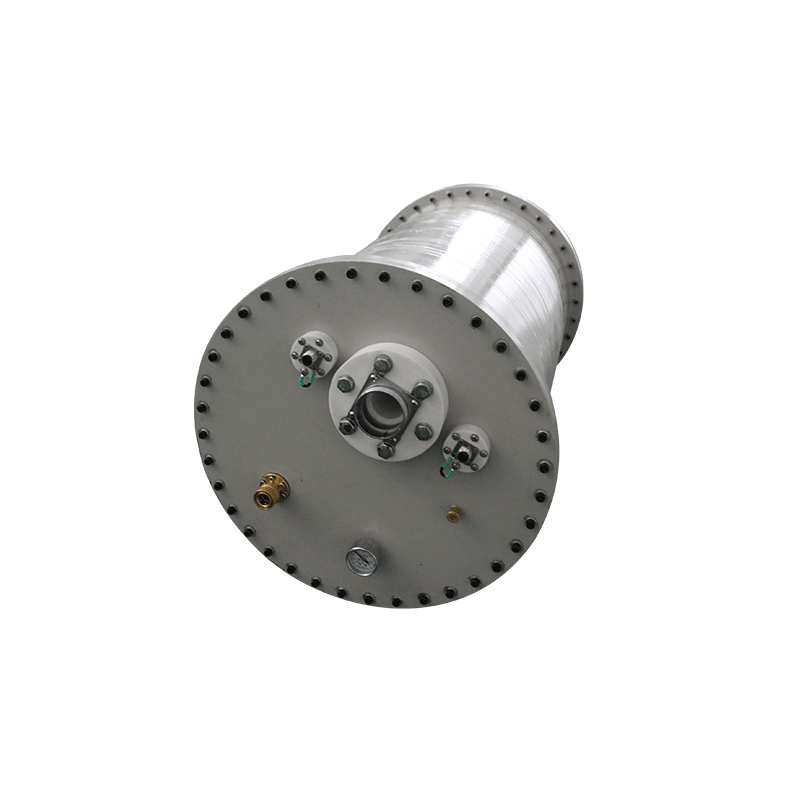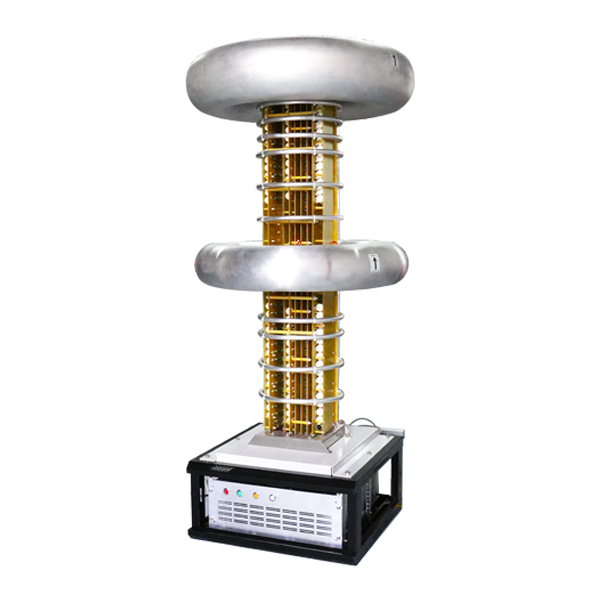Adaptive Process Technology of High-Voltage Power Supplies in Etching Equipment
Plasma etching is a core process in semiconductor manufacturing, where precision directly impacts chip performance and yield. As the energy source of etching equipment, high-voltage power supplies must achieve coordinated control of ion energy (Ei) and ion flux (Γi) in complex and variable process environments. Traditional power systems struggle to meet the atomic-level precision requirements of advanced nodes due to issues like dynamic response lag and rigid parameter matching. Breakthroughs in adaptive process technology are driving etching toward intelligent and high-stability operation.
1. Synergistic Control of Ion Energy and Flux
Ion energy determines etching directionality (anisotropic or isotropic), while ion flux controls the etching rate. Adaptive technology enables independent control through:
• Dynamic Ion Energy Adjustment: Based on wafer material properties (e.g., Si, SiO₂, or Ga₂O₃), the system adjusts bias voltage in real time. For example, high-aspect-ratio trench etching requires >500 eV energy, while low-damage etching limits energy to <100 eV. Experiments show that exceeding bias power thresholds (e.g., 150 W) causes mask carbonization, necessitating dynamic power caps aligned to material damage limits.
• Flux Optimization and Uniformity: Excitation power (e.g., ICP source power) regulates plasma density. Adaptive algorithms incorporate gas chemistry (e.g., SF₆/Ar or CHF₃/SF₆ mixtures) to increase etch rates without efficiency loss from excessive collisions. Electric field uniformity designs (e.g., symmetric electrodes and impedance matching) suppress edge-to-center rate variations, ensuring full-wafer consistency.
2. Architecture of Adaptive Process Technology
Core innovations include:
• Real-Time Process Monitoring: Sensor networks collect plasma impedance, temperature, and gas composition data. For instance, RF matching networks compensate for impedance drift, improving energy transfer stability to within ±0.8%.
• Dynamic Impedance Matching: Closed-loop control adjusts output impedance based on load changes. In diamond etching, this reduces reflected power loss by 30%, stabilizing plasma density.
• Dual-Mode Power Control:
• Mode 1: Fixed frequency with adjustable pulse width for steady states;
• Mode 0: Fixed minimum pulse width (60°) with frequency modulation for sudden load changes (e.g., gas flow steps). Mode switching ensures zero-voltage switching (ZVS) across all conditions, suppressing arc discharge risks.
3. Multi-Physics Field Co-Optimization
Adaptive systems coordinate gas chemistry, temperature, and pressure:
• Gas-Power Matching: Gas recipes and power settings are optimized per material. For example, Si etching with SF₆ requires high bias power for anisotropy, while SiO₂ etching with CHF₃/SF₆ mixtures reduces ion energy to maintain carbon-polymer passivation selectivity.
• Environmental Parameter Control: Increased pressure boosts etch rates but degrades anisotropy by shortening ion mean free paths. Adaptive systems use helium backside cooling to regulate wafer temperature, preventing rate drops at low temperatures (<-20℃).
4. Challenges and Future Innovations
Current bottlenecks include broad ion energy distribution and nanoscale morphology control. Future advancements focus on:
• Pulsed Plasma Technology: Nanosecond-level pulse modulation (±5 ns duty cycle precision) narrows ion energy distribution to <5 eV, reducing sidewall erosion.
• AI-Driven Optimization: Machine learning models trained on historical data dynamically recommend optimal power-pressure combinations, expanding process windows by 40%.
• Wide-Bandgap Semiconductor Adaptation: Ultralow-damage etching for materials like Ga₂O₃ and diamond demands ±5 eV ion energy threshold control.
Conclusion
Adaptive process technology for high-voltage etching power supplies resolves the dynamic balance between process fluctuations and energy response. From dynamic impedance matching to multi-parameter coordination, real-time feedback and predictive adjustments elevate etching stability and precision. As third-generation semiconductors converge with AI, this technology will become pivotal for sub-2 nm nodes, underpinning quantum devices and 3D integration.




















